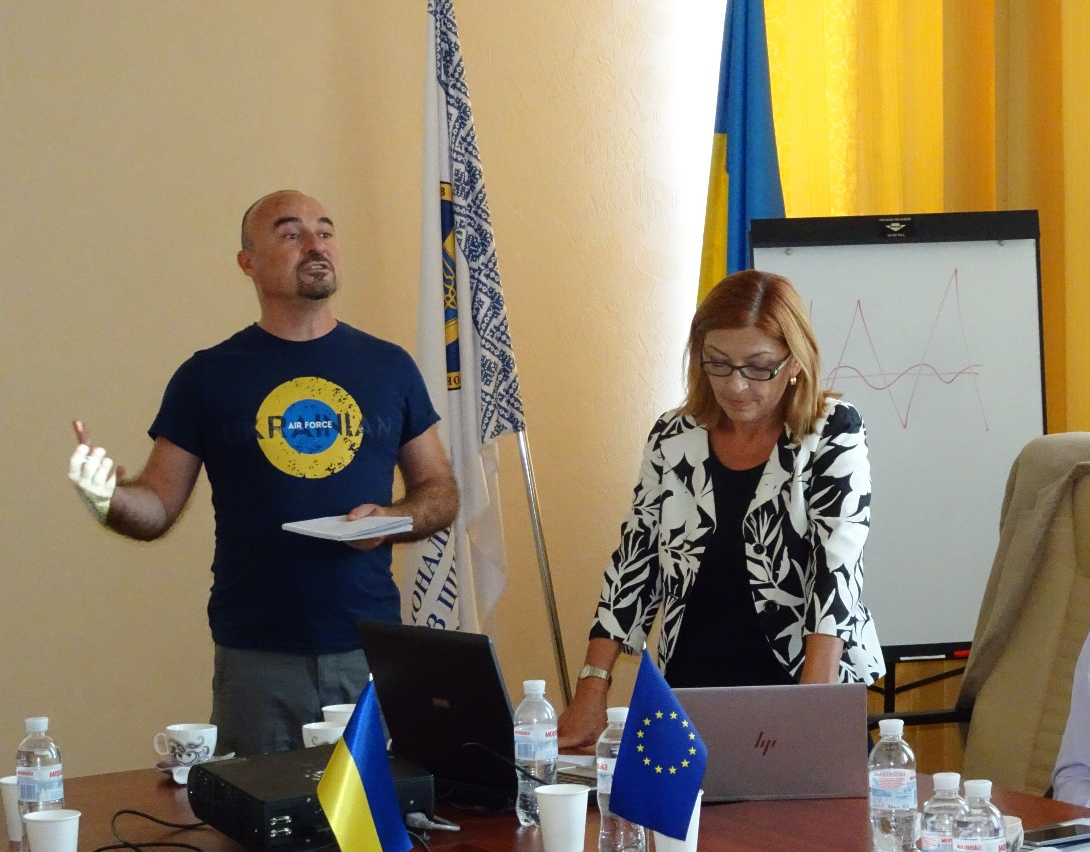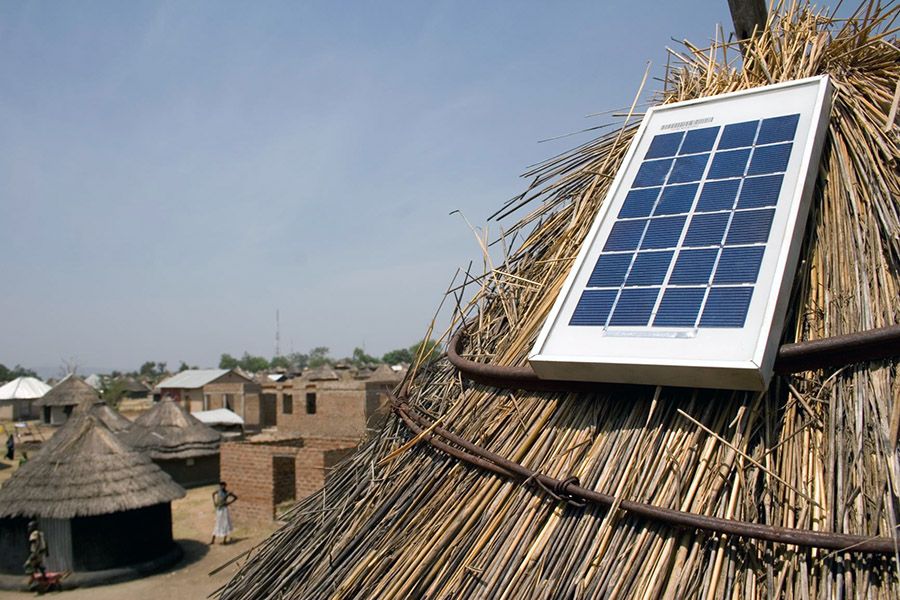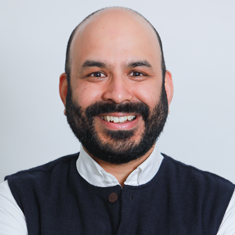While Poland’s private sector grew steadily in the post-Soviet era, its reliance on old energy equipment and poorly insulated facilities contributed to the country becoming one of the highest energy consumers in Europe. In 2010, when the European Bank for Reconstruction and Development (EBRD) launched the Polish Sustainable Energy Financing Facility (PolSEFF), few business owners had invested in energy efficiency measures compared with the European Union average, and Polish lending institutions were not prepared to finance these types of upgrades. As a result, business owners continued to pay unnecessarily high energy bills and emit unnecessarily high amounts of carbon.
Poland has since seen the emergence of a thriving energy finance sector. Under PolSEFF and PolSEFF 2, both managed by DAI, more than 2,000 businesses took out loans to finance new and upgraded equipment and insulation that reduced their energy usage and saved them significant money. Investments such as these might seem like an obvious choice, but creating and sustaining this new financial sector required multifaceted assistance from the PolSEFF team.
Building an Energy Finance Sector
The EBRD’s sustainable energy financing facilities (SEFFs) work by offering large initial loans to financial institutions in a country for “on-lending” to businesses to pay for energy efficiency projects. Under both phases of PolSEFF, five partner financial institutions loaned more than €200 million from the EBRD to Polish small and medium-sized enterprises (SMEs, or businesses with 250 or fewer employees). PolSEFF advisors trained staff members at these lending institutions to package and market the new loans, including how to calculate average return on investment from energy-efficient appliances and determine reasonable interest rates, down payments, and collateral.
To connect lending institutions to borrowers, PolSEFF conducted publicity campaigns and events to promote the specialized loans to targeted businesses and provided technical advice on energy efficiency options to interested companies. The facility also offered 10 to 15 percent of the total loan for companies to keep as a grant, with funding provided by the European Union for PolSEFF and by the Polish National Fund for Environmental Protection and Water Management for PolSEFF 2. As word spread, PolSEFF found interested borrowers from numerous industries, from a frozen food manufacturer in need of a better cooling system to an advertising agency seeking a more efficient printing press. The PolSEFF team provided independent assessments on the viability of the proposed projects.

Since businesses and financial institutions were unsure of which products qualified as energy efficient under the loan terms, PolSEFF developed the List of Eligible Materials and Equipment (LEME), an online searchable catalogue of pre-approved energy-efficient products. The LEME continues to be widely utilized by lenders and borrowers, with more than 70 percent of products purchased and leased under PolSEFF coming from the catalogue.
Quick Returns on Investment
New business investments can take years before owners see a payoff, but many PolSEFF borrowers did not wait long to see a positive impact on their bottom lines. For example, Mine Master, a producer of drilling and bolting machinery for the mining industry, suffered from high heating costs due to poorly insulated production facilities. After deciding to invest in a new heating system and modern insulation, PolSEFF engineers advised Mine Master on the best type of insulation materials and quantity needed. “The results exceeded my expectations,” said Jerzy Nadolny, president of Mine Master’s management board. “We expected that we could achieve energy savings of 30 percent, but in fact we recorded savings of 50 percent, which is a lot for a company like us.” See the video below about Mine Master:
PH Jarex, a family-run flower business, used a PolSEFF loan to purchase a cutting-edge combined heat and power generator for its expansive indoor growing facilities. The company reduced its annual energy usage by 41 percent, saving €233,000 a year and reducing its carbon dioxide emissions by more than 3,000 tons. In addition to saving money, the updated generator offered another benefit that complemented the company’s product line. “The unit is equipped with a COdiNOx catalytic converter,” said Agnieszka Plasek, Managing Director at PH Jarex. “Normally the combustion products are emitted into the atmosphere, but we utilize the carbon dioxide instead of releasing it into the atmosphere; it is fed into the greenhouses where plants process it into oxygen.”

The Growing Impact of Energy Finance
Since 2006, the EBRD’s sustainable energy financing facilities have provided more than €2.8 billion in financing to 104 financial institutions in 22 countries, which was on-lent to 75,000 clients. The EBRD recently re-branded SEFFs as GEFFs (Green Economy Financing Facilities), which now include financing for a wider range of resource efficiency, such as upgrades that reduce water usage.
DAI’s partnership with the EBRD and its energy financing facilities began in Bulgaria with management of the Bulgarian Energy Efficiency and Renewable Energy Credit Line from 2004 to 2013. In addition to PolSEFF, DAI manages the SEFF in Morocco and is a consortium member in the Western Balkans SEFF. These facilities together aim to distribute €170 million to companies to finance energy efficiency projects. The EBRD expanded its work in Poland in 2016 by launching the Poland Residential Energy Financing Facility, managed by a consortium of the Polish Foundation for Energy Efficiency and DAI, to improve energy efficiency in the residential sector.
PolSEFF’s Legacy
Across more than 2,000 projects in all 16 of Poland’s provinces, PolSEFF helped the country’s private sector achieve annual energy savings of 342,000 megawatt hours and avoid more than 100,000 tons of carbon dioxide emissions per year—the equivalent of the annual energy consumption of 44,000 Polish households and carbon dioxide emissions of 50,000 cars. For its innovative use of market-driven financing to bring about these reductions, PolSEFF was honored with the Financing Deal of the Year award at the 2016 Central and Eastern European Clean Energy Awards.

PolSEFF’s most enduring legacy will be establishing a self-sustaining energy efficiency financing market in Poland. By training 840 staff at five financial institutions, PolSEFF built the capability of lenders to carry on energy financing initiatives. For example, Bank BNP Paribas signed onto the Green Initiative sponsored by the European Investment Bank, which functioned similarly to the ERBD’s SEFF model, while continuing to lend PolSEFF 2 extension funds. Two additional lenders have taken loans from the EBRD for financing programs that will utilize PolSEFF’s LEME catalogue, and the remaining two expressed interest in taking new funds to continue similar programs.
By demonstrating the viability of innovative energy financing approaches, PolSEFF paved the way for future lending facilities. PolSEFF was the first EBRD facility to introduce loans for leasing equipment, and PolSEFF’s LEME will remain active for continued use. The EBRD is working on a larger, global LEME—the Technology Selector—which will widen categories to include water and material efficiency.
In June 2017, at the 11th European Development Days in Brussels, leaders from the European Commission and their development partners, including the EBRD, meet to share lessons learned and discuss trends and challenges. This year’s theme—“Investing in Development,” focusing on private sector engagement—marks a fitting opportunity to share the success and significance of PolSEFF, which exemplifies how market-driven, private sector-led solutions can reconcile business growth and reduced carbon emissions, and show that goals once viewed as mutually exclusive can in fact go hand in hand.





